The name of the Turkish Sultan Mehmed II, the conqueror of Constantinople, made all the rulers of fifteenth-century Europe tremble. All but one.
Vlad III, called Dracula, ruled over Wallachia, covering part of today's Romania, from 1448. The ruler was brought up at the Sultan's court, to which he was given as a hostage by his father - Lord II. It was installed on the hospodar's throne by the Turkish army. It is true that the Turks only returned to their homeland, he was overthrown by the boyars, but after eight years in exile, thanks to his cunning, determination and Hungarian support, he returned to power and began to rule with an iron fist.
Quickly dealing with the opposition, whose leaders he had ordered to be beaten on stakes, he stopped paying tribute to the Sultan and began to prepare for the anti-Turkish crusade called for by the Pope.
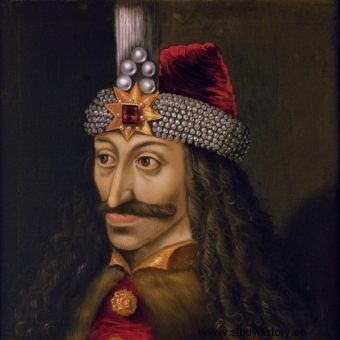
Vlad III Dracula was not afraid to stand up to Sultan Mehmed II.
In 1461, Mehmed II was heartily fed up with the wayward hospodar. So he sent to Wallachia as an envoy of his Greek secretary - Tomasz Katabolenos. Wanting to show the Wallachian ruler his place, the sultan ordered his envoy to convey to the government a summons to pay the outstanding tribute with interest, send to Turkey five hundred boys to join the Janissary corps, and a polite but firm invitation to Constantinople.
In other words, Dracula was to go to the capital of the empire, to be at the mercy or disfavor of the despot. Hospodar was not stupid, however. Remembering that a similar trip had ended in imprisonment for his father, he was not going to go anywhere.
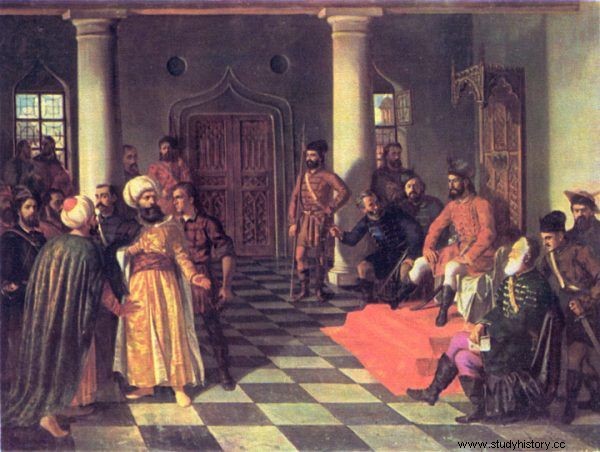
The Greek dignitary sent to Dracula as a Turkish envoy did not expect it to be his last mission. Image by Theodor Aman.
He seemingly agreed to all the terms. Taking with him money and candidates for Janissaries, he headed towards the Turkish border. However, he did not go alone, but accompanied by a strong bodyguard. As it turned out, his hunch did not confuse him, he barely got closer to the lands of the Sultan, he was attacked from an ambush by the Turks. A battle ensued, and the Wallachians emerged victorious. Those of the attackers who had survived were impaled, and as far as the Greek is concerned, he and the commander of the Turkish soldiers were honored with a particularly high stake.
Soon after these events, Dracula, at the head of his warriors, crossed the border and began terrorizing the Turkish lands with fire and sword. Where the cruel hospodar passed, there was no stone left on stone. The borderland was deserted, and more than 23,000 of the Sultan's subjects found death from the swords of Wallachian soldiers. Mehmed II could not let go of such a provocation. Here he, the greatest ruler of the world at that time, was challenged by a ruler on the frontiers of civilization. This insult required blood!
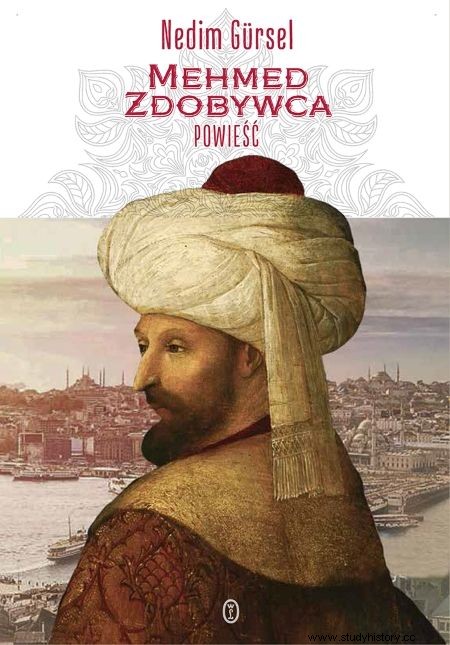
The article was inspired by Nedim Gürsel's book "Mehmed Conqueror" (Wydawnictwo Literackie 2017).
Preparations for the great expedition to Wallachia have started. The Sultan assembled a huge army of 80,000 people and prepared a fleet to enter the Danube. Such a concentration of forces has not been seen since the capture of Constantinople. Dracula's rule and life seemed to be numbered against this power. However, the Turkish ruler did not know who he was kidding. The most humiliating defeat of his life was about to await him.
Commando Dracula
In the spring of 1462, Turkish troops led by Mehmed himself moved to crush Vlad. Aware of the power coming upon him, the hospodar ordered all Wallachian women and children to be hidden in the mountains and forests, and he mobilized the men himself. In this way he managed to raise an army of 31,000. The disproportion of power between the opponents was glaring, but Dracula was not going to give up.
On June 4, the Turks crossed the Danube. The very crossing of the river heralded a tough campaign ahead of them. Wlad's warriors, guarding the Danube shores, fiercely resisted the enemy and inflicted heavy losses on him. Nature itself turned against the invaders, the summer was extremely hot, and the Turkish soldiers were flooded with sweat in their red-hot armor. Worse, the enemy they were about to fight was nowhere to be seen, because, aware of the weakness of his forces, Dracula decided not to confront him directly. Instead, it retreated, dragging the Turks deeper and deeper into Wallachian territory.
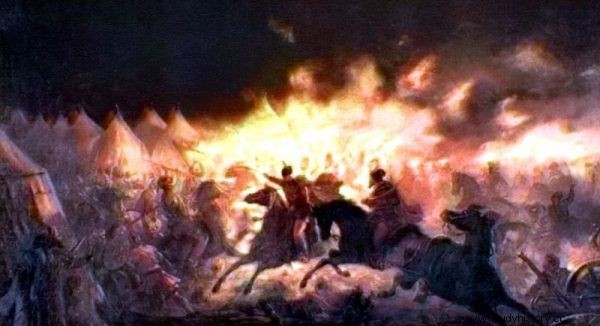
Dracula's nighttime attack on the Turkish camp. Image by Theodor Aman.
Two weeks later, on June 17, a surprise night attack by Wallachians on the Turkish camp took place. Three hours after dark, 10,000 of Vlad's soldiers, led by the hospodar himself, burst into the Turkish encampment and began killing their enemies without mercy. Dracula himself, wanting to kill the Sultan, led his bodyguards to the tent of Mehmed II, but in the confusion he failed to find the Turkish ruler.
There was nothing surprising in this, because, as the Dalmatian bishop Nicholas of Modrussia says, the terrified Sultan ran into a panicked flight and fled the camp! According to a story heard by an ecclesiastical dignitary at the Hungarian court, Mehmed did not run across the Turkish border just because his friends accompanying him in his escape forced him back.
When morning came, it turned out that a huge number of people, horses and camels had died, and the perpetrators of all the confusion had disappeared somewhere over the horizon. In pursuit of the Wallachians, a chase was sent, which managed to catch a number of marauders who were beheaded, but it was a poor consolation for the humiliated Sultan. The worst was yet to come.
The forest is burning
Not knowing what awaited him, Mehmed gave the order to march towards the Wallachian capital of Tîrgoviște. He hoped that, by threatening the main city of Wallachia, he would force Dracula to give him a major battle. Hospodar, however, did not allow himself to be provoked and wandered somewhere among the endless forests. The frustrated conqueror of Constantinople pushed forward, but his adversary continued to elude him. Physically, at least, because Vlad's sinister presence was hovering over the entire land through which the Turks were marching.
The scale of Dracula's fear in the Sultan is best evidenced by the fact that in order to avoid another unexpected attack, Mehmed ordered the camp to be excavated every night and surrounded by a stockade. The Ottoman army marched forward in the heat, unable to find any supplies, because the Wallachians burned everything they could not take with them. Fear grew in the hearts of the soldiers. After all, the nickname Dracula meant the son of the devil. Was the ruler they fought against surely a man? If there were any doubts in the Turkish ranks, they certainly reached their apogee as the invaders approached Tîrgoviște. The sight that welcomed them here would become history.
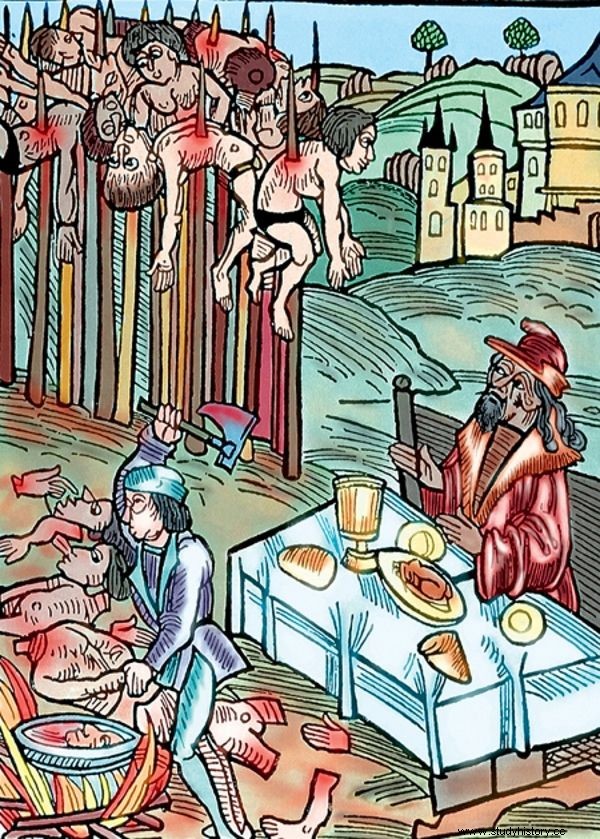
The forest is burning. A similar sight appeared to the Turkish soldiers on the outskirts of the Wallachian capital.
Along the road leading to the city there were piles with human bodies impaled on them. There were already heavily rotted corpses of the Turkish soldiers captured in 1461, as well as quite fresh corpses. One of the chroniclers accompanying the Sultan noted that a total of 20,000 people were stuck on stakes! The bleak forest stretched three kilometers long and one kilometer wide. Let us now cast our voice to the eyewitness of the Greek Chalkokonydles. Sultan:
(…) amazed, he said only that he could not take the country away from a man who was capable of such things and was able to use his authority and his subjects in such an extraordinary manner. And he also said that the man who had committed such acts was surely capable of even greater deeds. Also other Turks, seeing such a multitude of people impaled, felt a great fear.
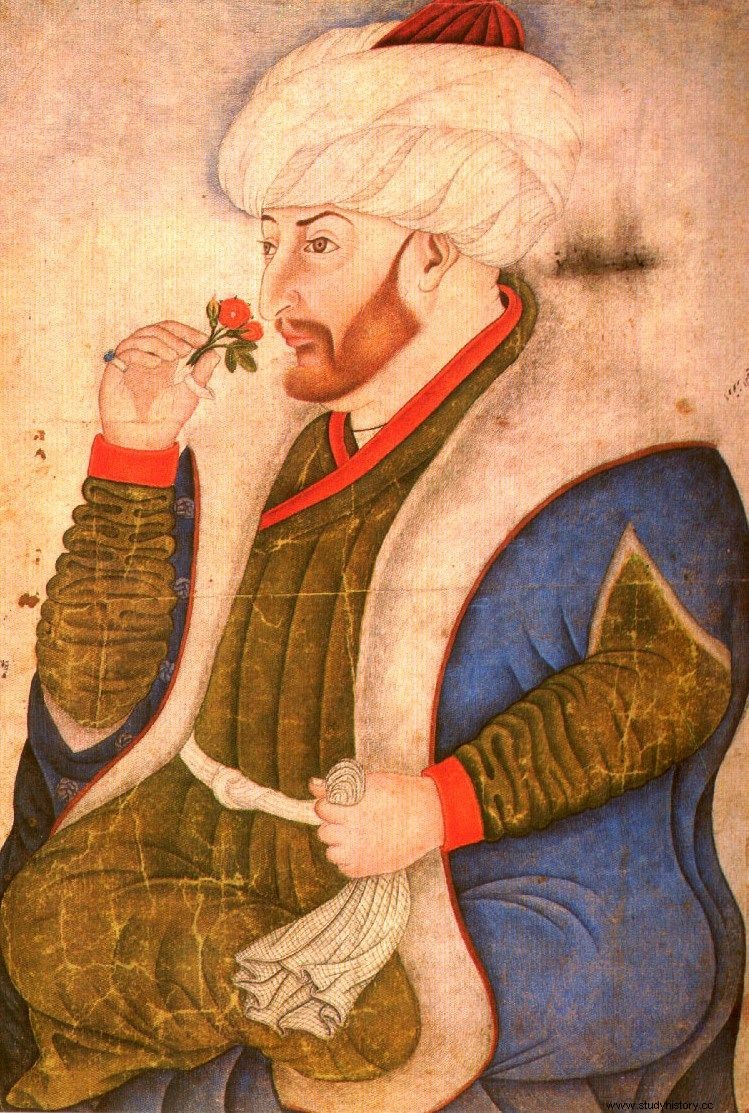
Mehmed may have captured Constantinople, but swallowed defeat with Dracula. The illustration shows the image of the Sultan by Sinan Beja.
Terrified by what he saw, the sultan gave the signal to retreat. Along the way, aided by Moldovans who took advantage of the confusion to invade Wallachia, he besieged Kilia yet, but did not achieve any success and set off towards the border. Eventually he encountered the main forces of Dracula with whom he had fought. This time the heavens smiled at the Sultan and he managed to fight off the enemy's attack, but it was a miserable consolation. Vlad fell back into Wallachian forests.
Resigned, Mehmed crossed the Danube and headed for Adrianople. The campaign was over. The conqueror of Constantinople suffered a miserable defeat at the hands of a small and savage ruler. It was difficult to be more humiliated.
***
This article was inspired by a recently published book by Nedim Gürsel entitled Mehmed the Conqueror (Wydawnictwo Literackie 2017).
